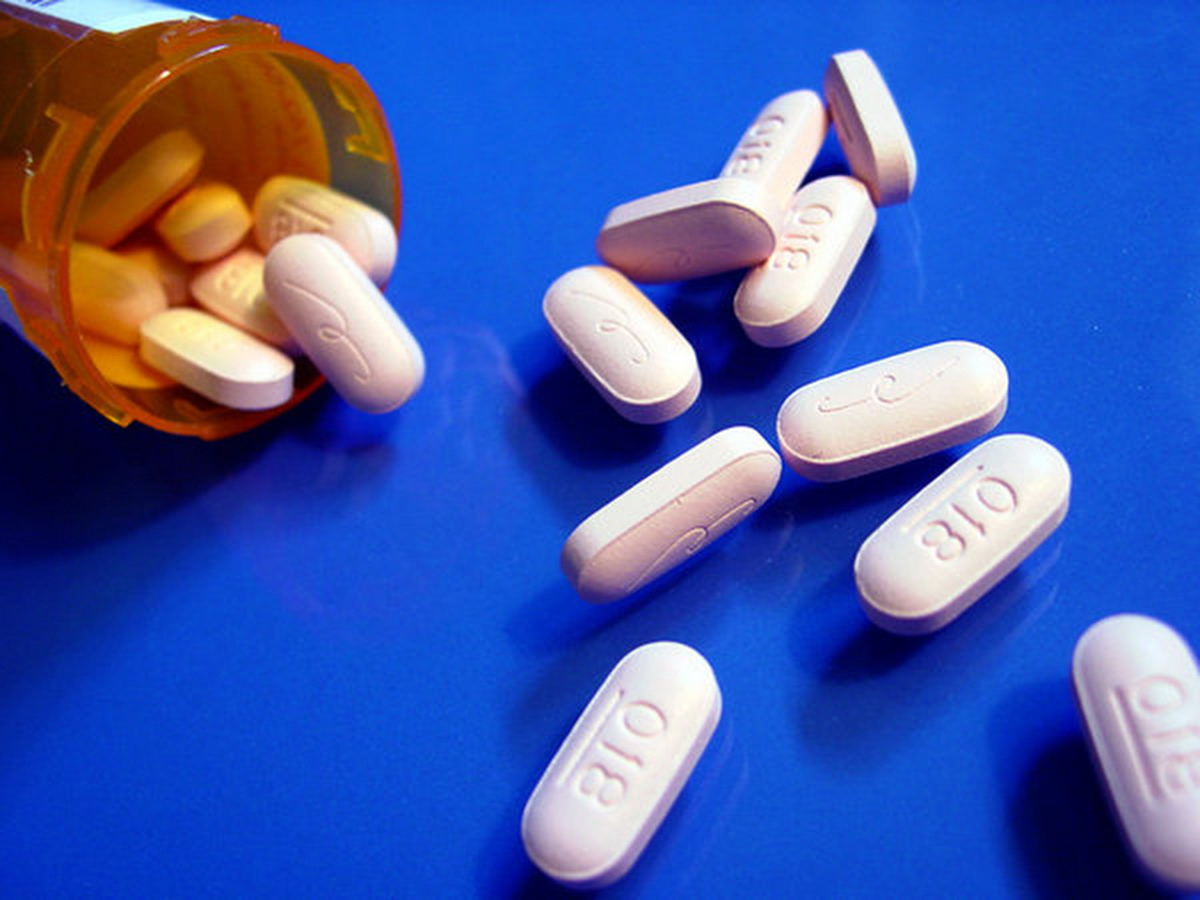Table of Contents
Cardiovascular disease develops when fatty substances accumulate in coronary arteries, the blood vessels supplying heart muscle. The deposits (also known as atherosclerotic plaques, or cholesterol plaques) are made up of cholesterol and other fats, calcium and fibrous tissue. The risk of these deposits collapsing or narrowing the arteries to the point of putting one’s life in danger tends to increase with age. That’s why older people tend to be more affected with myocardial infarctions, strokes and even blood vessel problems in their lower limbs – a situation known as peripheral arterial disease. Statins are a type of anti-cholesterol drug, widely used everywhere in the world. In fact, it is estimated that about 25 million people take statins… in the US alone!

Statins and regulatory controversy
Many years after being first introduced as a regular lipid-lowering therapy, statins are under the limelight these days as the object of the most recent medical controversy.
The new guidance states, however, that more adults without heart disease should consider taking the medications to prevent future health problems, more specifically adults with a 7.5 per cent or higher risk of a heart attack or stroke in the next 10 years. This could result in nearly 13 million more adults being put on statins!
Different medical organizations have proposed varying LDL-cholesterol thresholds and risk assessment metrics to determine statin eligibility. For instance, while some guidelines recommend broader statin use, encompassing those with moderate cardiovascular risk, others emphasize their prescription primarily for high-risk patients.
Furthermore, there's debate regarding the role of statins in primary prevention (for individuals without established cardiovascular disease) versus their well-accepted benefits in secondary prevention (those with known cardiovascular disease). The variability in guidelines can create confusion among clinicians and patients, leading to potential under-prescription or over-prescription. Addressing individual patient risk factors, preferences, and potential side effects is essential. Amidst the debates, the central theme remains: tailoring the approach based on individual risk while ensuring evidence-based care.
New statins guidelines and profit taking
Statins are some of the most profitable drugs ever developed by pharmaceutical industry. Do new regulations simply represent a push to generate even more profits?
Contrary to what one might think at first, these new orientations for treatment are not likely to benefit pharmaceutical companies. We are looking at profound changes in the way doctors treat their patients and it is possible that this will undergo some more public discussion before a final decision is made. Therefore, it will take some time before an effect can be seen on the consumption of statins. Until then, many of the most commonly used brand names will lose their patents causing this guideline to possibly be even bad for the companies.
Let us not forget that increasing the population who is likely to benefit from taking statins also means to increase the population that is at risk for suffering from the side effects of statins. Indeed, concerns about the safety of this class of drugs have been voiced quite loudly and frequently in the past few years.
What are the actual benefits of statins?
Statins are drugs that inhibit an enzyme called 3-hydroxy-3-methylglutaryl coenzyme A (HMG CoA) reductase. This enzyme is responsible for a crucial step in the biosynthesis of cholesterol in our body. The first statin was discovered in the 1970s by a research group in Tokyo. This discovery led to the development of a series of HMG CoA reductase inhibitors, which are nowadays available in the market.
In 1994, a very famous clinical trial called Scandinavian Simvastatin Survival Study (4S) came to the conclusion that statins help in the prevention of cardiovascular events associated with increased blood lipids and atherosclerotic lesions. Among the cardiovascular events whose risk statins effectively reduce are myocardial infarction and stroke. Since these two events, especially coronary heart disease, are of the most common causes of death worldwide, statins became medicines of high interest. It can even be suggested that these are wonder drugs, as they have undoubtedly reshaped the treatment of hypercholesterolemia and associated cardiovascular diseases.
And the potential held by statins is not limited to their lipid lowering action, it seems.
See Also: The Pros And Cons Of Taking Statin Drugs
Many more allegedly beneficial effects of statins are currently being examined and their clinical relevance is still unclear.
- MAJI, D., SHAIKH, S. & GAURAV, K. 2013. Safety of statins. Indian Journal of Endocrinology and Metabolism, 17, 636-646
- FINEGOLD, J. A., MANISTY, C. H., GOLDACRE, B., BARRON, A. J. & FRANCIS, D. P. 2014. What proportion of symptomatic side effects in patients taking statins are genuinely caused by the drug? Systematic review of randomized placebo-controlled trials to aid individual patient choice European Journal of Preventive Cardiology, 21, 464-474
- BANG, C. N. & OKIN, P. M. 2014. Statin Treatment, New-Onset Diabetes, and Other Adverse Effects: A Systematic Review. Current Cardiology Reports, 16.
- Photo courtesy of ppdigital by DeviantART : ppdigital.deviantart.com/art/Pill-Bottle-70538465
- Photo courtesy of Morrhigan by FreeImages : www.freeimages.com/photo/83984
- www.theaustralian.com.au/news/health-science/us-leads-push-to-widen-use-of-statins-by-older-adults/story-e6frg8y6-1226868984361
- newoldage.blogs.nytimes.com/2014/03/24/guidelines-may-double-statin-use/?_php=true&_type=blogs&_r=0
- www.forbes.com/sites/matthewherper/2013/11/13/how-a-massive-increase-in-the-number-of-people-on-statins-could-hurt-drug-companies/


Your thoughts on this